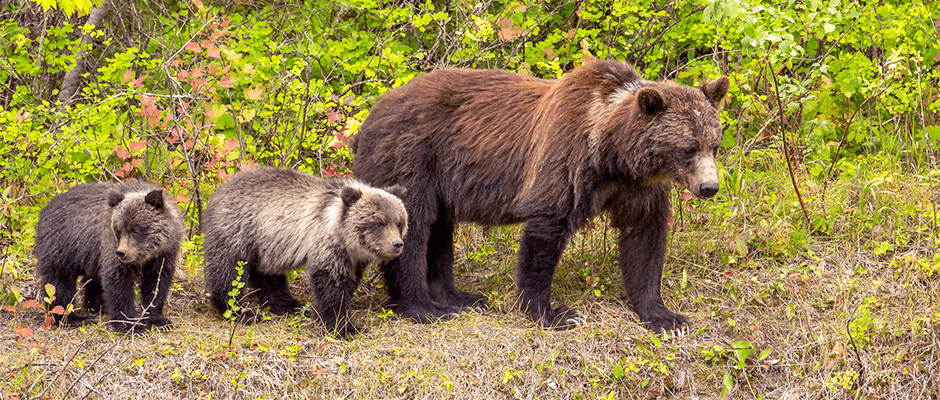Share this article
House Appropriations Committee passes Interior spending bill
The House Appropriations Committee has approved a $35.25 billion spending bill for the Interior Department, the Environmental Protection Agency and related agencies for fiscal year 2019.
The committee approved the bill by a roll call vote of 25-20 on June 6 and adopted 13 amendments, some of which carry implications for wildlife management.
An amendment put forth by Rep. Chris Stewart (R-UT) added language to the bill that would explicitly allow the Bureau of Land Management to use chemical or surgical sterilization to manage growing populations of wild horses and burros. The use of sterilization provides the Bureau of Land Management with an additional tool to manage the 82,000 horses and burros on western rangelands.
Rep. Dan Newhouse (R-WA) put forth an amendment that would prohibit Interior from using funds to reintroduce grizzly bears (Ursus arctos) into Northern Cascades areas of Washington state. In April, Interior Department Secretary Ryan Zinke announced his support for plans to reintroduce grizzly bears there. The National Park Service and U.S. Fish and Wildlife Service have been reviewing 126,000 public comments received on a draft environmental impact statement for grizzly reintroduction.
The committee also adopted an amendment from Rep. Mark Amodei (R-NV) that prohibits Interior from using funds to issue a final rule on the bi-state distinct population segment of the greater sage-grouse (Centrocercus urophasianus). Last month, a U.S. district court found the USFWS wrongly withdrew its proposed listing of the population as threatened under the Endangered Species Act.
Among unsuccessful amendments was one put forth by Rep. David Price (D-NC) that would have blocked a proposed rule that aims to require the EPA to base regulations only on scientific studies whose data is publicly available. Rep. Betty McCollum, D-Minnesota, also proposed a failed amendment that would have withheld a portion of funds allocated for the proposed reorganization of the Interior Department until the department provides a detailed report on the initiative.
If signed into law, the spending bill would give the EPA $7.95 billion in funding, a 1 percent decrease from the current level. Interior would receive $13.1 billion in funding, about the same as the current level, with most related agencies receiving increased spending levels.
Of note, the spending bill would increase the U.S. Geological Survey’s Cooperative Research Units program to $19.29 million; the president’s proposed FY2019 budget called for the program’s elimination. The Land and Water Conservation Fund would receive $360 million, and the USFWS’ State and Tribal Wildlife Grant Program would receive flat funding at $63.6 million.
The spending bill now moves out of committee and onto the House floor for a vote. The Senate is working on its own appropriations packages and the two chambers will reconcile differences between bills before they can be signed into law.
Header Image: The U.S. House Appropriations Committee passed the Interior-EPA spending bill with 13 amendments, including one that has implications for grizzly bear reintroduction into the Northern Cascades ecosystem. ©Mick Thompson








